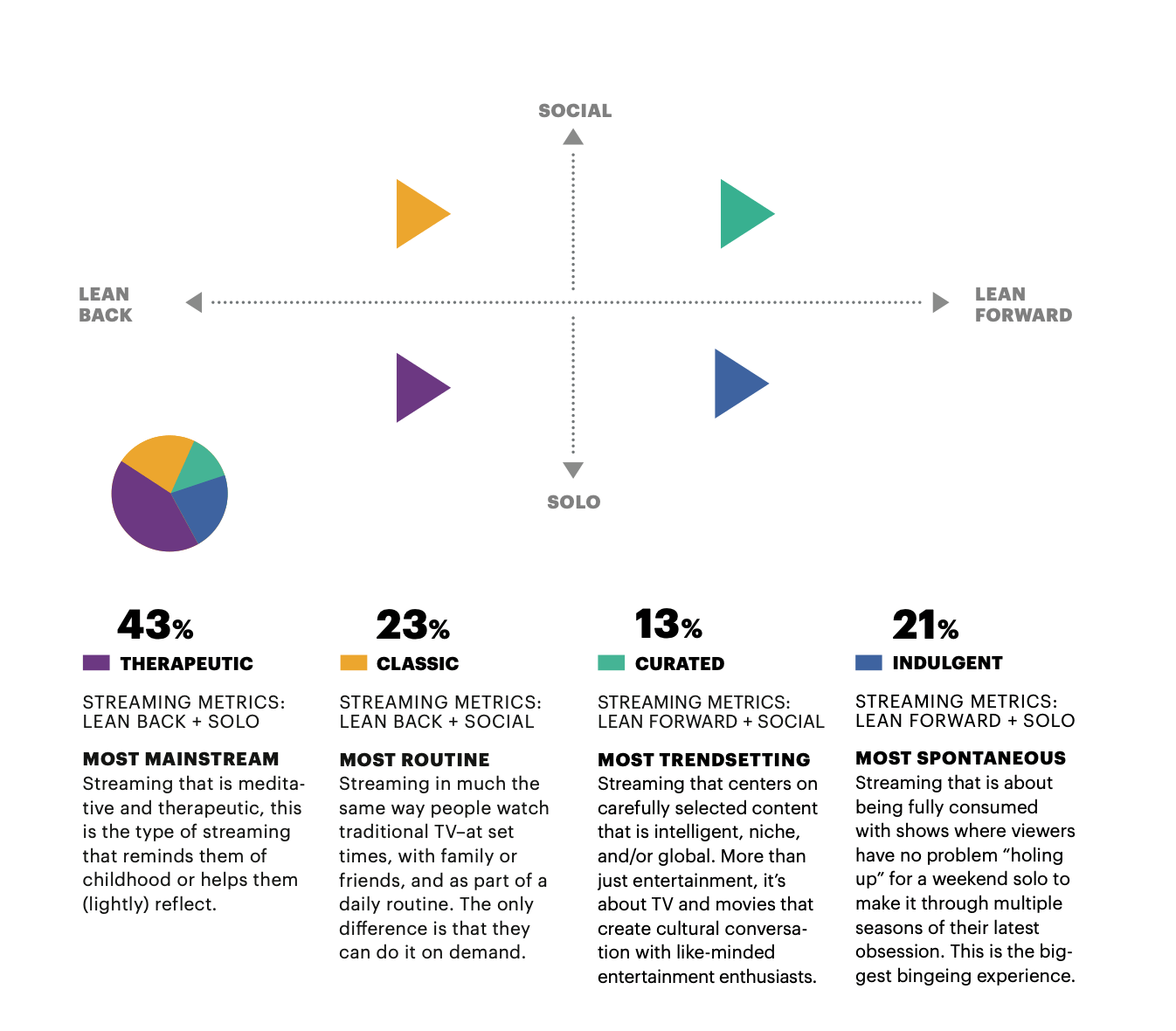Creative Strategy Examples
A creative strategy is a brand’s plan for how to communicate its message to its target audience and differentiate itself from competitors. The following examples highlight different creative strategies that companies can use to drive effective marketing outcomes.
For even more information and guidance, see this comprehensive article on creative strategy.
Creative Strategy Example from Hulu: Independent Market Research
The popular subscription video streaming service Hulu uses independent market research — which it publishes on Generation Stream, its thought leadership platform — to understand the changing preferences and behaviors of its target customers. By using this data-driven approach, Hulu can tailor its creative strategy to produce experiences that resonate with as many viewers as possible.
For example, the authors of this report analyzed all their data on streaming behavior and classified viewers into four distinct types: therapeutic, classic, curated, and indulgent:
Understanding these different types of viewers helps Hulu to provide content offerings to meet the specific needs and preferences of each group — from the meditative, relaxing content preferred by therapeutic streamers to the intelligent, niche content sought by curated streamers.
Learn how data-driven decision-making can enhance your creative output in this article on creative operations management.
Creative Communication Example from WebStreet: Newsletters and Webinars
As CEO and Founder of Strategic Pete, a marketing consulting firm, Peter Murphy Lewis has helped develop many innovative creative strategies and marketing campaigns. At the online investment company WebStreet, for example, Lewis’ firm created a newsletter channel that provided valuable content to engage its audience.

“The uniqueness of this strategy lies in its multifaceted approach,” Lewis explains. “We combined the power of newsletters with webinars to create a comprehensive content ecosystem. Our newsletter, Micro PE Portal: Online Assets, offers in-depth analysis, expert opinions, and exclusive event information tailored for online entrepreneurs and investors. It's available on LinkedIn, which makes it easy to access for our audience.”
To further engage its audience, WebStreet launched a complementary newsletter, Digital Summit Sync, that also includes interactive webinars. “This strategy worked because it addressed the need for continuous learning and engagement in the rapidly evolving digital investment landscape,” says Lewis. “By providing relevant, timely, and valuable content, we built trust and maintained a strong connection with our audience.”
By covering topics that are highly relevant to WebStreet’s target audience — such as diversification strategies, market trends, and alternative investment platforms — the two newsletters attracted more than 1,500 subscribers after just six posts. “The response has been overwhelmingly positive,” says Lewis. “The combination of valuable content and timely updates has resonated well with our audience, which helps promote a strong community around our brand.”
Learn more about how to improve the outcomes of your creative projects with this all-in-one guide to creative project management.
Creative Advertising Strategy Examples
Marketing teams craft creative advertising strategies to effectively communicate their brand message. In the following examples, brands used advertising campaigns to stand out in competitive markets and capture consumer attention.
Advertising Example from Levi’s: “Dimz Dances in Denim”
Celebrity partnerships can be a highly effective part of a creative advertising strategy, as brands leverage an influencer’s style and audience reach to authentically connect with new demographics. For example, Levi’s® launched the Dimz Dances in Denim campaign, a series of advertisements made in collaboration with Amelia Dimoldenberg, a popular comedian and creator of the YouTube series Chicken Shop Date.

Source; Ad Forum
In one video advertisement, Dimoldenberg dances in Levi’s® spring-summer 2024 looks, highlighting the brand’s blend of style, comfort, and cultural relevance to a young, fun, and fashion-forward audience.
“One standout moment?” says Peter Murphy Lewis. “Amelia hilariously uses a banana as a phone. It’s both funny and totally in line with her comedic style. Her deadpan humor and quirky personality make the campaign super engaging and relatable. This fun, light-hearted approach is exactly what resonates with young, empowered women ready to make bold moves — starting with buying a pair of Levi’s.”
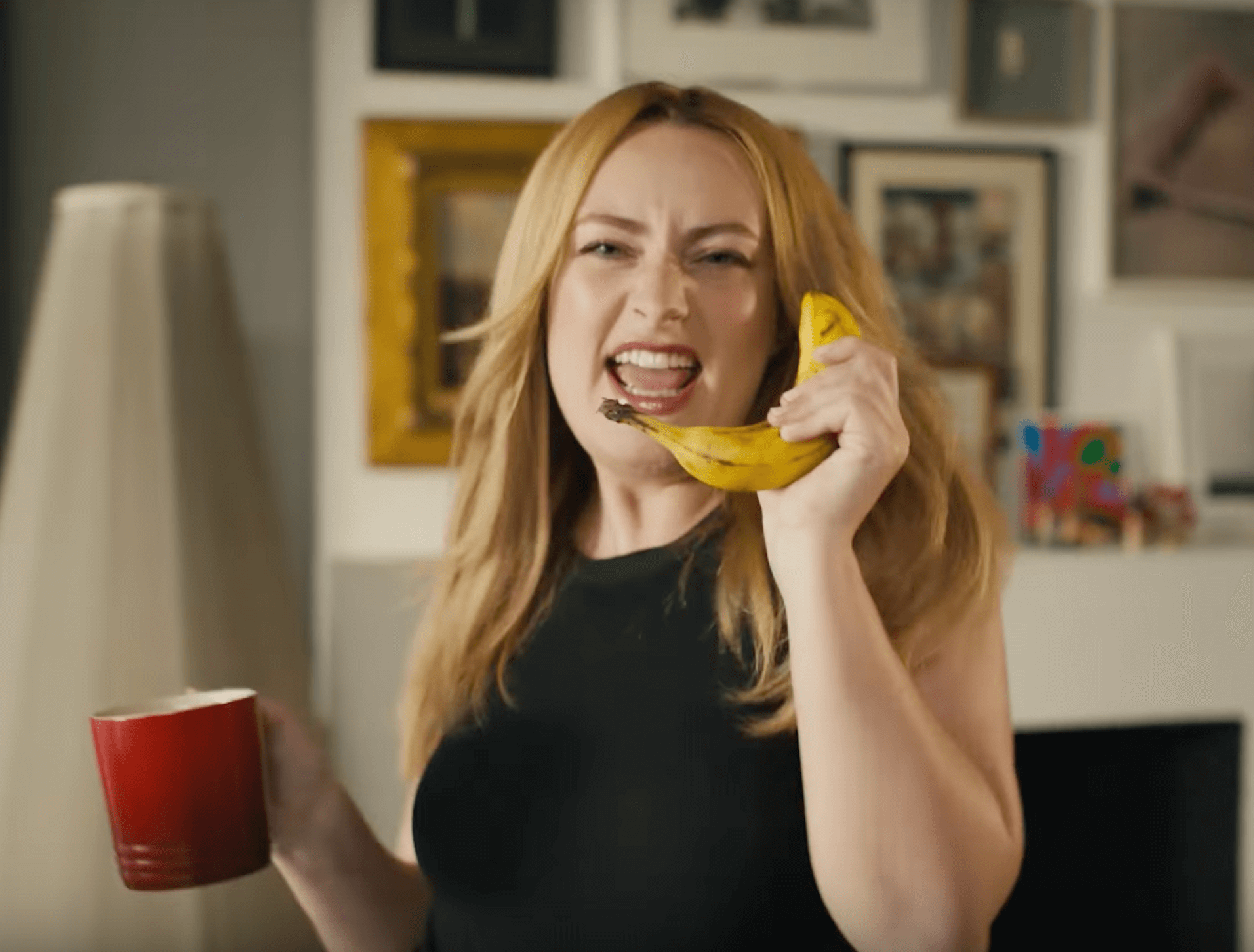
Source; YouTube
Lewis also points out parallels to Miley Cyrus’s viral hit song, “Flowers,” which shares themes of self-love and independence. “Amelia captures this vibe perfectly with her confident line, ‘I am going to drink champagne, I can taste it!’” says Lewis. “This connection with contemporary social messages boosts the campaign's relevance and impact.”
Marketers can always look to pop culture for inspiration and insight into what kind of content resonates with their target audience.
Creative Advertising Example from Coca-Cola: “Real Magic”
Coca-Cola’s “Real Magic” campaign blends classical art with cutting-edge technology, creating a memorable and interactive experience.
As part of this campaign, Coca-Cola created an interactive digital panel experience using 3D Deep Iconic JCDecaux equipment at São Paulo’s Guarulhos Airport, Terminal 3. This installation featured high-quality LED screens arranged in a U-shape with an infinite border and showcased a digital rendition of Vermeer’s Girl with a Pearl Earring magically transforming a virtual Coca-Cola bottle into a real, physical unit for passersby. This seamless blend of the virtual and physical realms aims to inspire and astonish travelers, and it emphasizes the campaign’s deeper theme of merging art and technology to create real-world magic.
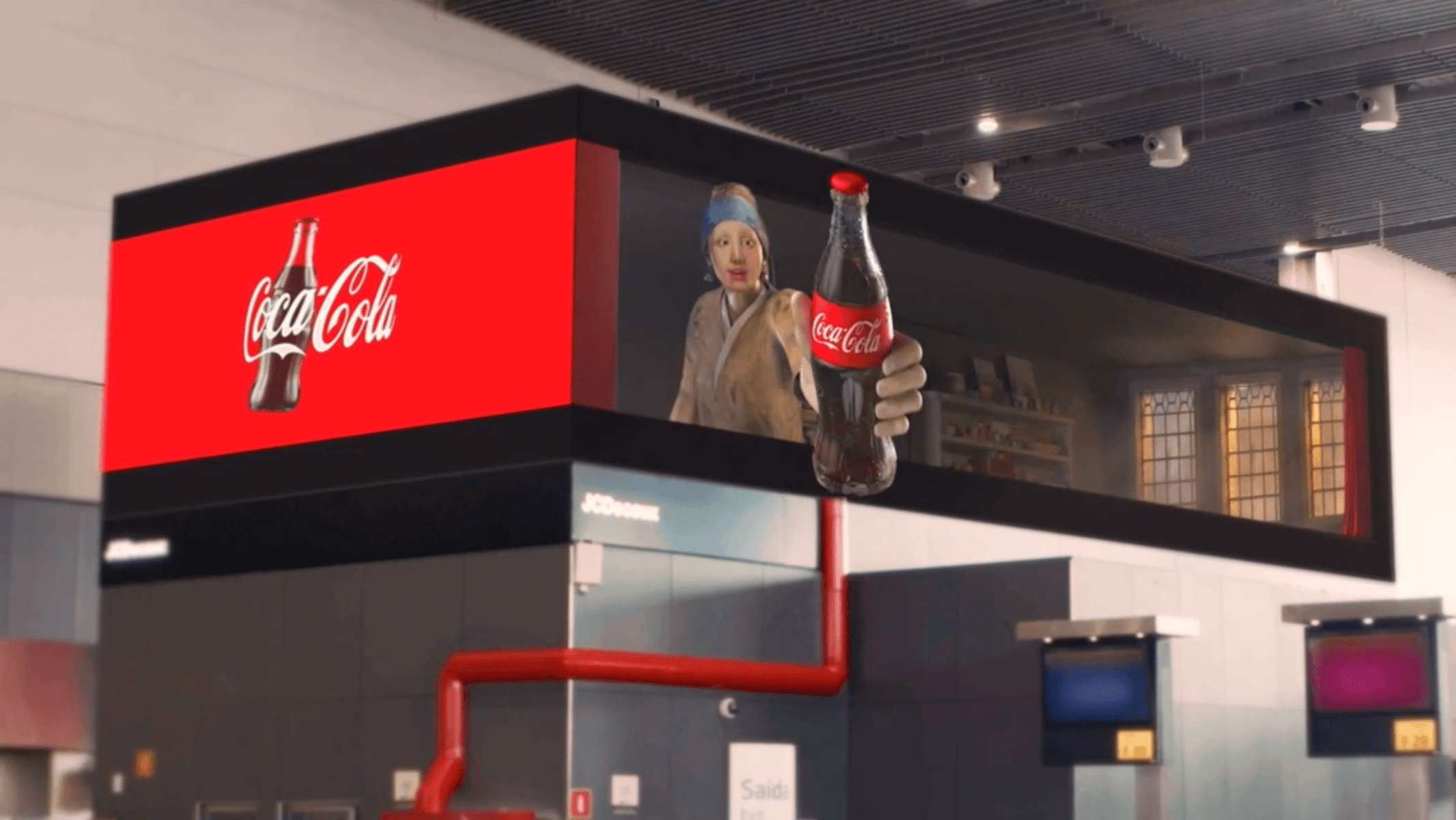
Source; Ads of the World by Clios
The execution of this advertisement not only showcases technological prowess but also reinforces Coca-Cola’s long-standing ability to deliver refreshing, delightful, and singular experiences.
Creative Brand Strategy Examples
Creative brand strategy is the innovative approach that companies use to differentiate their brand, connect emotionally with their audience, and deliver unique value through memorable experiences. The following examples highlight innovative approaches to creative brand strategy to draw inspiration from.
For additional help implementing these creative strategies, see this guide to managing creative workflows.
McDonald’s Creative Brand Strategy: “The Pillar Model”
In 2022, Effie Worldwide awarded Gold to the advertising agency Leo Burnett Worldwide for its sustained success with the McDonald’s brand. In a case study titled, “How We Got Customers Lovin’ It and Kept Them Lovin’ It, No Matter What,” the team outlines the foundational framework for its marketing and communications efforts, the pillar model.
In marketing, the pillar model refers to a framework that divides strategies or activities into distinct categories — or pillars — to represent the foundational elements supporting the overall objectives of the creative strategy.

Source; effie.org
Last updated in 2015, McDonald’s pillar model includes four pillars: visit (for announcing product information and encouraging customers to visit McDonald’s), establish (to set up the common occasions when a customer would want to visit McDonald’s), trust (to build and retain the public’s faith with stories about food and behavior), and love (to remind people why they’ve loved McDonald’s in the past).
These four pillars represent McDonald’s strategic approach to create creative brand content that encompasses various aspects of consumer interaction and addresses market challenges. This approach helps ensure that the brand remains relevant, trusted, and favored across diverse customer bases and market conditions.
Creative Brand Strategy Examples from The Walt Disney Company: “Wish Together”
In a 2023 campaign, Disney promoted its new animated feature, Wish, by celebrating its more than 40-year relationship with the Make-A-Wish Foundation and the Wish Together campaign.
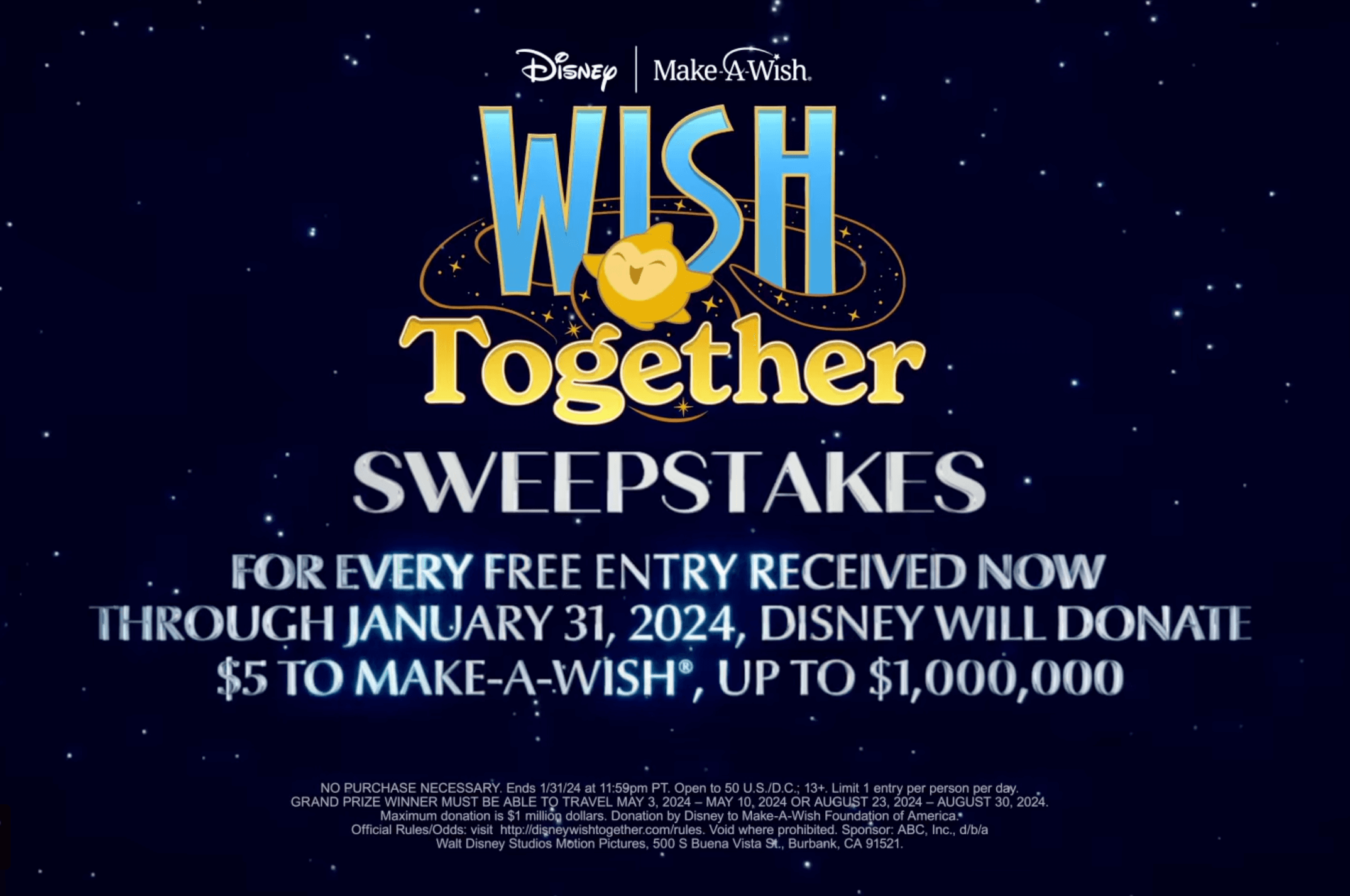
Source; The Walt Disney Company
The campaign involved a sweepstakes that invited the public to support Make-A-Wish in its mission to grant life-changing wishes to critically ill children, as well as public donations to the foundation by Disney. These actions demonstrate the values at the core of Disney’s creative brand strategy.
In an interview for Goldman Sachs, Disney CEO Bob Iger offers insight into the overarching theme of the strategy. He highlights a unique aspect of Disney’s brand — that most popular brands are new, not old — and explains how he aims to use that to the brand’s advantage. “How have we maintained relevance?” Iger asks. “The answer is that we looked at what the core values were of the brand. In Disney's case, it's things like storytelling values, inclusion, and universal appeal. It’s good over evil; it's the value of good work; it's the value of treating people well; it's optimism, all of those things. There was no need to really move away from those core brand values, but we had to present them to the world in far more relevant ways.”
The “Wish Together” campaign reinforces this commitment to core values such as kindness, optimism, and treating people well in a way that strengthens the brand’s image and encourages brand trust.
Learn more about how to make your brand more relevant and impactful in this guide to developing brand strategy.
Creative Messaging Strategy Examples
A creative messaging strategy uses language, imagery, and emotional appeals to drive meaningful interactions with consumers. These examples show how several companies have tailored their messages to strengthen their brands and improve marketing outcomes.
Creative Messaging Strategy from Poilâne: A Focused Message
The French artisan sourdough bread company Poilâne is an example of how crafting a highly specific message can help grow a business organically over time.
Seth Godin, marketing and leadership expert and the author of This Is Marketing: You Can't Be Seen Until You Learn To See and more than 30 other books, cited Poilâne in his classic TED Talk, “How to get your ideas to spread.”
“When Lionel started his bakery, the French pooh-poohed it,” he says. “They didn't want to buy his bread…[but] slowly, it spread from one person to another person, until finally, it became the official bread of three-star restaurants in Paris.”
Today, the company’s sleek website highlights this grassroots origin story to emphasize the authenticity of the brand.
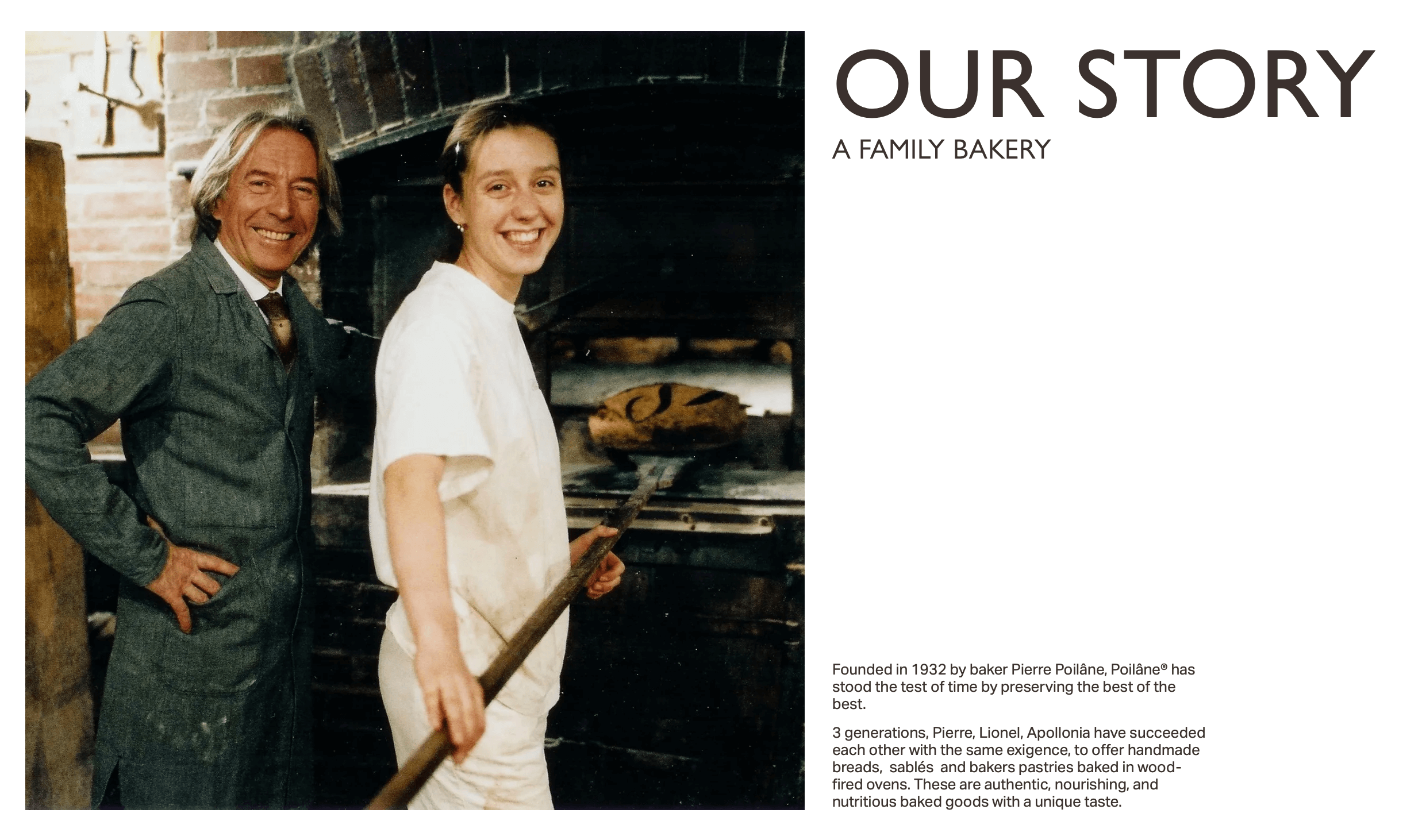
Godin says the lesson here is not to cave to mass messages that have worked for other companies. “What marketers used to do is make average products for average people,” Godin explains. “That's what mass marketing is: Smooth out the edges; go for the center. That's the big market. They would ignore the geeks…I don't think that's the strategy we want to use anymore. I think the strategy we want to use is to not market to these people because they're really good at ignoring you. But market to these [other] people because they care. These are the people who are obsessed with something. And when you talk to them, they'll listen, because they like listening. It's about them. And if you're lucky, they'll tell their friends on the rest of the curve, and it'll spread.”
Video Games Europe’s Creative Messaging: “#SeizeTheControls”
Polina Haryacha is the Founder and CEO of Cloutboost, an influencer marketing agency, and has worked with many video game publishers to develop innovative creative strategies, such as the #SeizeTheControls campaign for Video Games Europe.

“We collaborated with parent influencers across six European countries to promote responsible gaming using the PEGI rating system,” says Haryacha. “The campaign focused on parenting influencers who shared personal insights on family gaming, creating relatable and educational content.”
A case study about the campaign published by Cloutboost shows how careful consideration of platforms, targeting strategies, and influencer partnerships was crucial in developing a strategy to effectively spread its message about responsible gaming: “Content-wise, the campaign was a blend of engaging and educational material, designed to educate and resonate with both parents and young gamers. The primary channels were Instagram reels and posts, chosen for their high engagement potential and broad reach.”

Leveraging micro and mid-tier influencers can help you craft a message that your target audience can authentically connect with, which can produce tangible results. “The campaign achieved 360,000 impressions and a 10.4 percent engagement score, successfully raising awareness about responsible gaming,” Haryacha shares.
Owlcat Games Creative Messaging Example: Influencer Live-Streams
At Cloutboost, Haryacha also worked with Owlcat Games to promote the launch of Warhammer 40,000: Rogue Trader using influencer partnerships. “We engaged 20 influencers (12 YouTube gamers and eight Twitch streamers) to promote the launch,” she says.
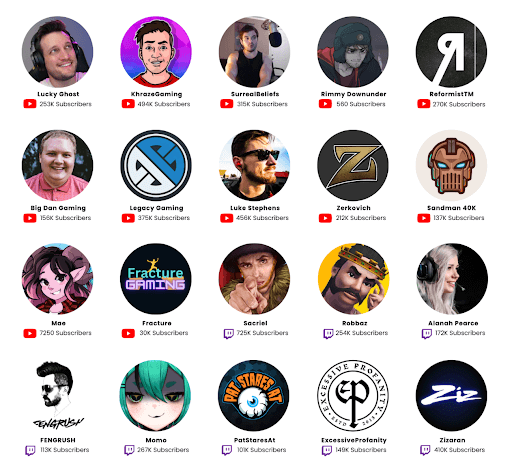
In an activity that is as community-driven as video gaming, engaging directly with community leaders ensures that a campaign’s messages are authentic. “The game reached a peak of nearly 30,000 concurrent players, becoming the second top-selling title on Steam during the promotional period,” says Haryacha. “The campaign generated over 830,000 views and 5.5 million impressions, significantly boosting the game’s visibility.”
Creative Marketing Strategy Examples
A creative marketing strategy is a plan that aims to use innovative approaches to promote a product, service, or brand. The following examples demonstrate the different ways that high-profile companies have reimagined their marketing strategies.
Creative Marketing Example from Pop-Tarts: “The First Edible Mascot”
Winner of the Brand Experience and Activation Grand Prix at the Cannes Lions International Festival of Creativity 2024, Pop-Tarts’ campaign involved creating “the first edible mascot” — a giant, smiling Pop-Tart that dramatically “sacrificed” itself during a college football game, emerging from a giant toaster to be devoured by attendees.

Source; YouTube
“Pop-Tarts are an American breakfast classic,” explains the narrator of a video about the ad. “But to reach a new generation, we needed to change occasion from breakfast to snack. So we entered the kingdom of snacks — American college football — only to find that kingdom flooded with brands and their mascots, all doing the exact same thing.”
To stand out, the PR firm Weber Shandwick conceived of this unexpected and memorable approach for Pop-Tarts, playing on the brand’s long-standing reputation for putting a “crazy good” spin on classic flavors. The results were astounding: The number of people who searched for the brand on game day was seven times the annual average, and the mascot’s untimely demise garnered more than 4 billion impressions.
By coming up with a creative solution to stand out among competitors, Pop-Tarts effectively revitalized its image and sparked widespread conversation.
Xbox Creative Marketing Strategy: “The Everyday Tactician”
The “Everyday Tactician” campaign celebrates the launch of the Xbox game Football Manager 2024 by offering a unique opportunity for a game enthusiast to become Bromley Football Club’s support performance tactician, applying their virtual management skills in the real world of football.

Source; Xbox
This creative marketing strategy not only engaged the Football Manager community by bringing their in-game dreams to life, but also enhanced fan engagement through a follow-along experience on various social media channels.
“The core of the campaign lies in its ability to connect the virtual skills acquired in Football Manager 24 with real-life football management,” says Haryacha of Cloutboost. “By involving Bromley FC, the campaign capitalizes on the authority bias, where endorsements from professional entities lend credibility to the game's claims. This endorsement not only validates the game's tactical depth but also enhances its appeal by suggesting that digital prowess in Football Manager can translate to real-world coaching skills.”
Part of this creative marketing strategy is also to understand the audience and appeal to their aspirational desires, Haryacha explains. “The campaign taps into the aspirational desires of football fans who believe they can manage a team better than the pros. By providing a tangible, once-in-a-lifetime opportunity to win a coaching role at a professional football club, the campaign adds a layer of excitement and engagement that goes beyond traditional advertising. Marketers should strive to understand the core desires of their target audience and create campaigns that resonate on an emotional level.”
AI in Creative Strategy Examples
As the demand for innovative marketing continues to rise, companies are increasingly turning to new technologies to enhance their creative strategies and stay ahead of the game. The following examples show how leveraging AI not only helps create compelling messages but also revolutionizes how brands engage with their audiences.
AI Creative Strategy from Hello Monday/DEPT®: “Shoe Mirror”
The Shoe Mirror by Hello Monday/DEPT® uses AI technology to transform vacant storefronts into interactive digital shopping experiences.
Addressing the problem of empty prime locations, the Shoe Mirror employs full-body AI tracking and machine learning to detect the movements of passersby and overlay 3D shoes onto their feet in real time. This augmented reality display not only matches shoe styles to what the user is wearing, but also personalizes the color for a unique look. With a QR code, users can instantly purchase the showcased shoes, seamlessly merging physical and digital retail.
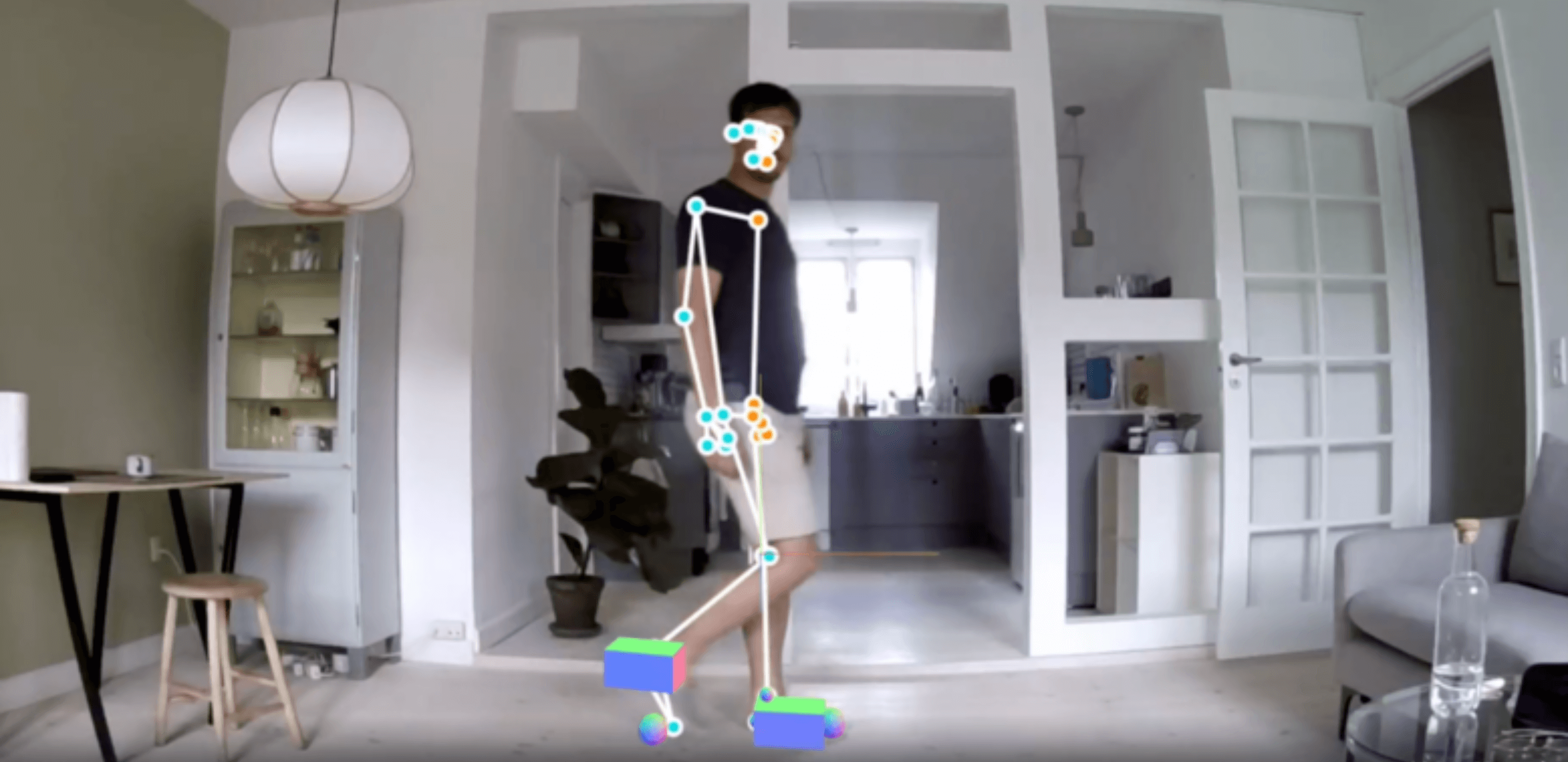
Source; Dept Agency
“Hello Monday/DEPT®’s Shoe Mirror combines not one, but three trends — AI technology, augmented reality, and real-life experience — to empower empty storefronts,” says Peter Murphy Lewis. “They’ve turned these vacant spaces into interactive digital displays that grab your attention and let you virtually try on shoes in real time. Plus, there’s a QR code for instant purchase, making the whole process modern, smooth, and user-friendly.”
Lewis draws attention to this technology’s high level of personalization and how it can reach users both physically and emotionally. “As users see the shoes perfectly fitted on their virtual selves, they already begin to feel a sense of ownership and connection to the product — and to the brand,” he says. “This is more impactful than a traditional unboxing experience, as the client can immediately create a sense of possession even before purchase.”
Pedigree’s Creative Strategy Using AI: “Adoptable”
In partnership with Nexus Studios and Colenso BBDO, Pedigree leveraged AI technology to launch the experimental “Adoptable” campaign. The initiative takes amateur dog photos and maps their features onto a “digital skeleton,” which can then be used to make professional-looking photos that can be superimposed onto digital ads in locations near the shelter housing the dog.
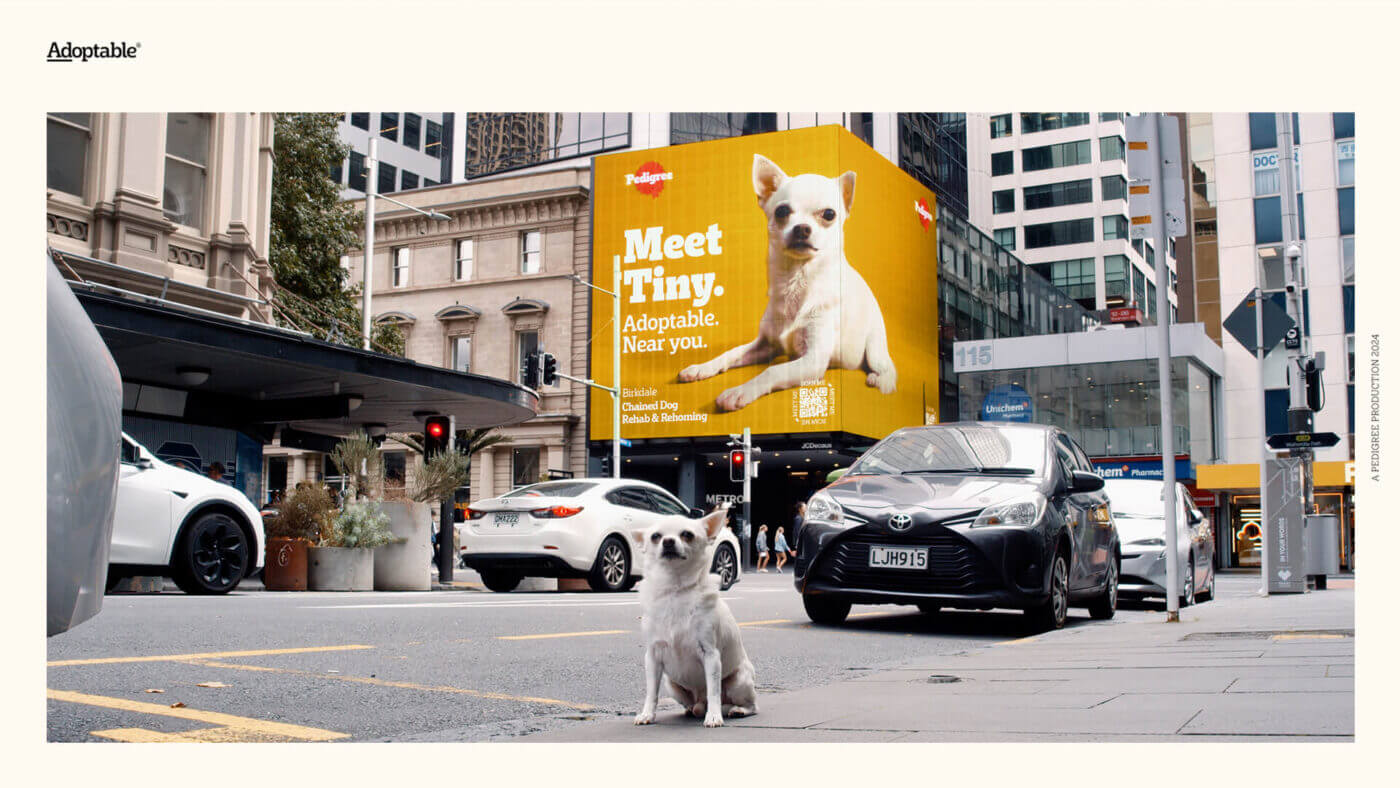
Source; Nexus Studios
In addition, the ads include QR codes where viewers can quickly get more information about the advertised dog. As soon as a dog is adopted, their image disappears from the ad and is replaced by another local dog in need of a forever home.
This creative use of technology cleverly blurs the lines between advertising and the product itself, as the ad essentially becomes a direct part of the adoption process. Rather than just promoting the dogs, the ads actively facilitate their adoption through interactive and location-based features.
Find out more about generating creative concepts, such as this one in this resource guide to creative concepts.
Supercharge Your Creative Strategy Success with Smartsheet for Marketing and Creative Management
Tired of siloed work and misaligned teams? Manage all your marketing and creative work, content, and people in a single platform to deliver better customer experiences at scale. With Smartsheet, your marketing team can create the processes, workflows, and insights needed to move faster with confidence, reduce inefficiencies, and improve the ROI of your marketing activities. Elevate your marketing and creative workflow and get to market faster with Smartsheet. Try free for 30 days, today.
